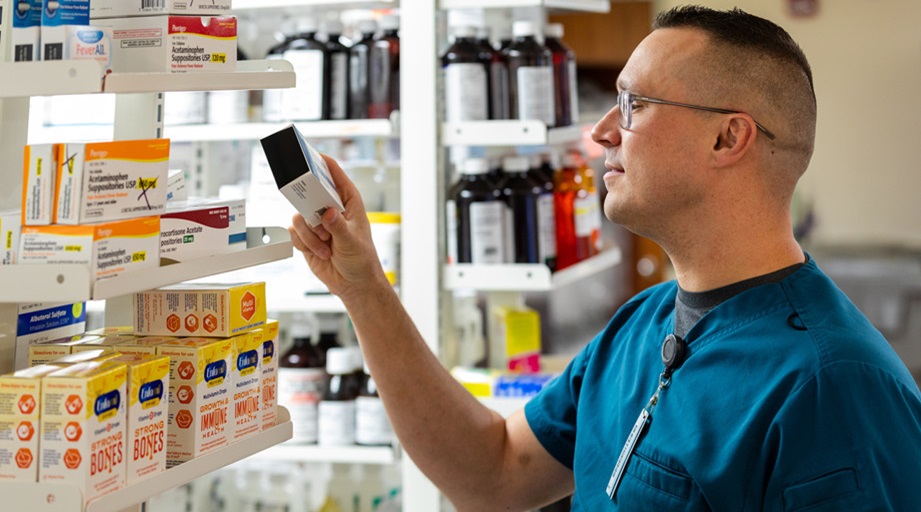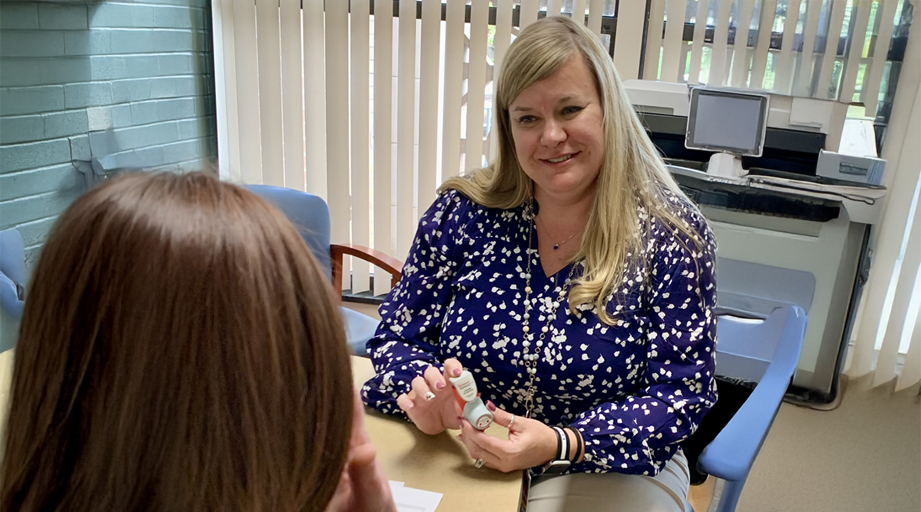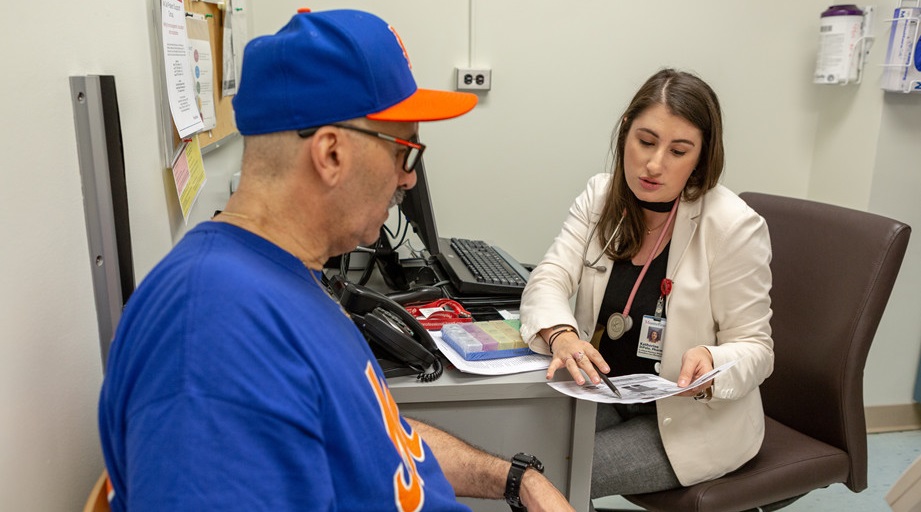
Pharmacy informaticists say that although they're optimistic about the potential for artificial intelligence (AI) to improve patient care, some of the best current uses of the technology target nonclinical tasks that help keep the pharmacy running.

“I think AI is going to revolutionize a lot of the things that we do and free us up to do other things. But it’s just a tool,” said Kendall Gross, manager of the pharmacy informatics team for University of California, San Francisco (UCSF) Health. “What we have really focused on as we build trust is things like administrative tasks, or pain points, where we can leverage AI and then use the human to validate, rather than having the human mine data or do manual transcription work.”
What that means in practice is that a UCSF-developed large language model platform sorts incoming faxes, reads invoices, and identifies documentation and billing opportunities — common administrative tasks that used to be performed manually by the pharmacy staff.
Gross said additional areas under exploration include integrating AI into prior authorizations, prescribing, and dose adjustments and using the technology to make audits more efficient.
“We have a really talented pharmacy analytics team,” she said. “They have been identifying problems and potential use cases and then leveraging this internal large language model tool to build things ourselves to solve problems.”
Arlene Johnstone, pharmacy director for MarinHealth Medical Center, a 327-bed facility in the North Bay region of San Francisco, said her department uses AI technology to manage the facility’s automated dispensing cabinets (ADCs), replacing a tedious manual process for assessing and maintaining stock levels in the cabinets.
“It looks at all the movement, expiration dates, and volumes,” Johnstone said. “It basically is telling us things like, ‘Move that product that’s about to expire over to this other unit where you’re using it more.’ And it’s really improved our efficiency tremendously.”
Previously, she said, the pharmacy team spent a lot of time on the phone with nursing “chasing complaints” about ADC stock levels.
“I don’t think we were completely aware that this was really a problem,” Johnstone recalled. “It was just kind of way it was.”
After the ADC vendor’s AI product was fully implemented a couple years ago, the number of complaints declined substantially. The technology also cut by half the number of trips pharmacy and nursing staff made to the ADCs looking for products that weren’t there and then restocking and retrieving those items.
“It really reduced the stress on our staff,” Johnstone said. She added that with the more efficient process in place, the department has redeployed some pharmacy technicians to better support clinical care.
The pharmacy team’s experience with this AI tool underscored the need for human oversight of both the AI system and the people who use it.
Johnstone said that after a smooth initial deployment, the pharmacy suddenly began fielding an influx of complaints about the ADCs. The problem was traced to a system user who was inadvertently silencing some of the AI tool’s alerts — an issue that was readily resolved through training.
The medical center also uses an AI product to strengthen its diversion prevention program. The tool, which was implemented as part of an electronic health record (EHR) system replacement, analyzes all ADC transactions to track the movement of controlled substances throughout the facility.
Johnstone said the tool uses ADC and EHR data to assign a relative risk value to all staff who handle controlled substances.
“It’s looking for certain parameters, things like how long did it take to get from point A to point B for each of these different transactions,” Johnstone said. “And if there are any outliers, it starts accounting for that. And that person starts to rise in in their peer group, in risk number.”
She emphasized that the AI system identifies outlier events that require investigation, not definitive instances of diversion. She said the investigation may show that an ADC override wasn’t properly documented, or a patient had a medical need for an unusually large amount of a controlled substance.
Johnstone said her informatics team has a good understanding of the AI technology they’ve deployed, but other hospital staff may not be aware that they’re using an AI-enhanced product.
“What they’re really interested in is the outcome: How do I know what I need to do to get this drug to the nurse, to the patient,” she said. Her team’s job, she said, is to make things work.
Gross, at UCSF, emphasized that it’s important for pharmacy staff to be involved in their organization’s evaluation and deployment of AI technology.
“We need to take a hard to look at whether a tool is going to solve a problem in patient care or anywhere across the pharmacy profession,” Gross said. “It’s going to take everyone’s expertise to do things well. And I think that that’s the way that we should approach it.”
ASHP is highlighting case studies to show how AI can enhance patient care, optimize workflow, and drive innovation in practice and education. Consider sharing your own AI story with ASHP, and help your colleagues learn from your experience.







